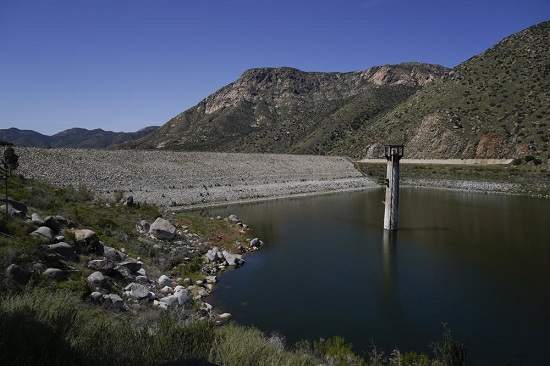 Tuesday, October 1, 2024
Tuesday, October 1, 2024  Tuesday, October 1, 2024
Tuesday, October 1, 2024 
Constructed four generations ago, the massive rock and clay dam at El Capitan Reservoir is capable of storing over 36 billion gallons of water, enough to supply every resident in San Diego for most of a year.
Today, it’s three-quarters empty, intentionally kept low because of concerns it could fail under the strain of too much water.
During “a big earthquake, you never know what’s going to happen, if this is going to hold,” said Samuel Santos, a longtime resident who frequently fishes near the dam.
Seismic instability and a spillway in need of “significant repair” led El Capitan to be added to a growing list of dams rated in poor condition or worse that would likely cause deaths downstream if they failed.
An Associated Press analysis tallied more than 2,200 high-hazard dams in poor or unsatisfactory condition across the U.S. — up substantially from a similar AP review conducted three years ago. The actual number is likely even higher, although it’s unclear because some states don’t track such data and many federal agencies refuse to release details about their dams’ conditions.
The nation’s dams are on average over a half-century old and often present more of a hazard than envisioned when designed because homes, businesses or highways have cropped up below them. Meanwhile, a warming atmosphere can bring stronger storms with heavier rainfall that could overwhelm aging dams.